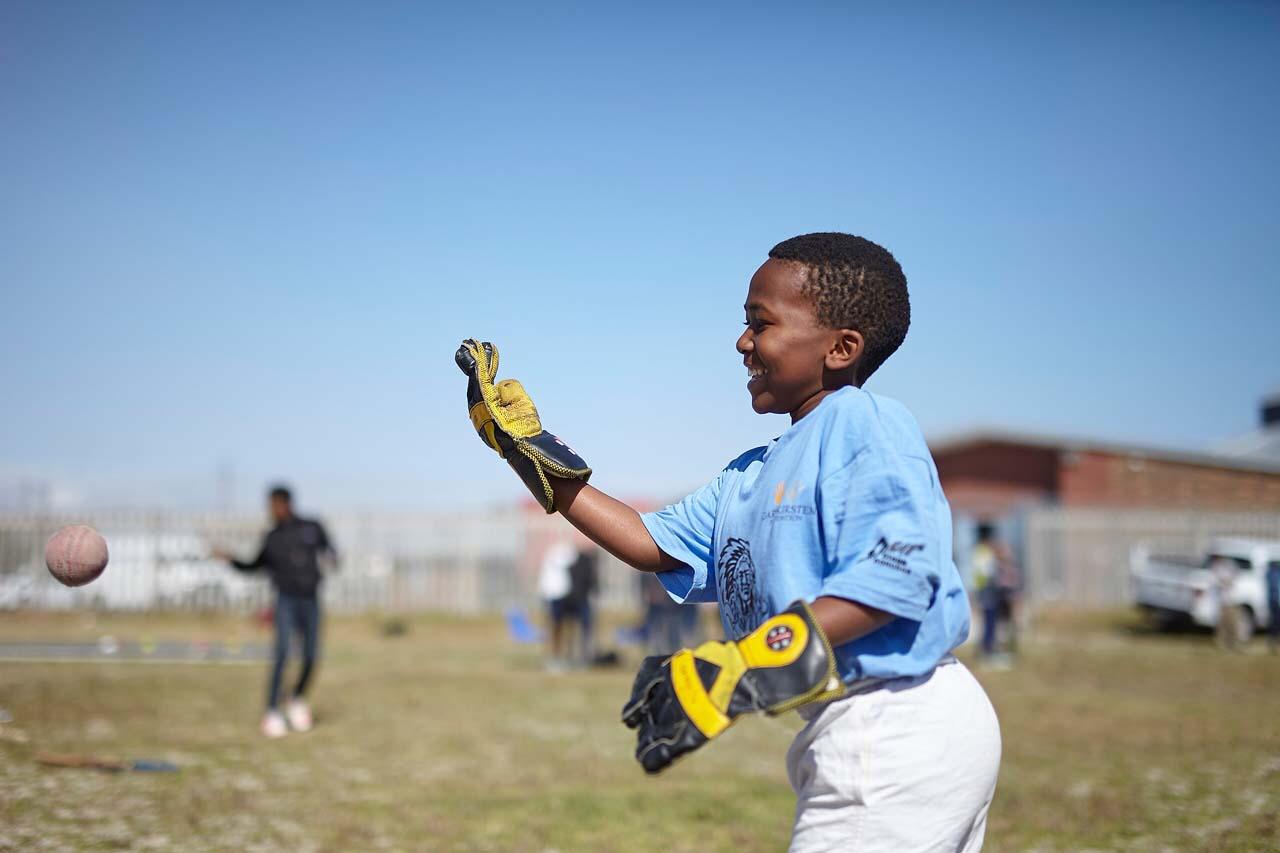Readers of this column will be familiar with the phrase: “If the mountain will not come to Muhammad, then Muhammad must go to the mountain.”
In South African cricket, a modified version of this applies: “If enough Muhammad’s can’t make it to the mountain, does it make sense to take the mountain to where the Muhammad’s are.”
To stop talking in riddles, this is about talent meeting opportunity.
Also Read: Fitness And Good Health Will be The Watchword For Rohit
You can be sure that, in a country such as South Africa, there is plenty of sporting talent. But, equally, the top 1% of the nation has access to the best schools, the best playgrounds, the best coaching, the best infrastructure… essentially the best of everything.
In this, South Africa is not terribly different from India. And one person who realized, this, having first-hand experience of both situations is Gary Kirsten.
Kirsten, who comes from a sporting family, played 286 times for South Africa and is one of the leading batters from that country, if not necessarily the prettiest.
Kirsten is also one of the few South Africans going around who has a World Cup win to his name, even if it is as India’s coach.
On this recent tour of South Africa, this was referenced more than one. At a Cricket South Africa (CSA) event marking 30 years of re-entry into international sport, and at least the same number of years of friendship between India and South Africa, the Board of Control for Cricket in India and CSA, two names came up endlessly, as you might imagine: Nelson Mandela and Mahatma Gandhi.
The third name-dropped most often, from the South African ministers to Indian diplomats, was Kirsten.
Also Read: Batters, Bowlers And All-rounders RCB Should Buy
Had Gazza been at Boschendal that afternoon, he would have blushed from all the attention, as it is not something he necessarily enjoys.
A few days later, I reached out to speak to the man about the Gary Kirsten Foundation. One of the things that comes up is that the name of the organization is going to be changed to “Catch Trust.”
This is a bit like turkeys voting for thanksgiving. “Look we thought it was counter-productive, having the foundation tied up with my name,” said Kirsten.
“We wanted to put in place a template, something that anyone of a philanthropic mindset could take and replicate. We think this can work in South Africa, but also in other parts of the world.”
The model Kirsten is referring to is the work his foundation has done in Khayelitsha, in the Western Cape, on the Cape Flats. Khayelitsha is the biggest and fastest-growing township in the region.
In Khayelitsha, Kirsten worked with Madoda Mahlutshana, then schoolmaster at the Chris Hani High School. Kirsten established the first nets in the school — putting up the money himself — and then added a few more schools, employing coaches to work each of these venues, paying them a monthly salary to spend a few hours each day with the kids.
The radical move, however, was to put in a playing field, an artificial surface from pitch to outfield. This meant almost zero maintenance cost — something that was critical for where the arena was — but also a major cost upfront, approximately 5 million Rand or Rs 2.5 crore. The community has had to work to protect their asset, but this has worked just fine.
Kirsten explains why taking a center of excellence to the townships was important.
“In South Africa, we have probably the most robust schools system in the world. In other countries, club systems as pathways for young players,” Kirsten explains. “In South Africa, the school system takes care of young players, till they’re 18 and into professional cricket.”
But, not all players get the opportunity to play for the schools that have the infrastructure in place to give kids the best chance of success.
“A very high percentage of black African cricketers that have played for South Africa recently have come through the scholarship system. My only reservation to that is that elite schools can’t take on many scholarships at a time,” says Kirsten.
I tell him that I just visited Bishops, in the Rondebosch neighborhood of Cape Town not far from Newlands and was gobsmacked. That cricket ground was better than most first-class venues in India.
“Take a school like Bishops, fees plus boarding works out to something like 250,000 Rand a year. Five years of that is a million rand investment. There are perhaps 30 elite schools like this one in all of South Africa, but the number of scholarships they can offer is very limited.”
Looking at the list of South African cricketers who came through without a scholarship to a fancy school and it’s hard to go past Mfuneko Ngam, the fast bowler, but he played for the Proteas in the 2000s. To an extent, you might say Thandi Thshabala, who went to Thotagauta Secondary, and perhaps Lonwabo Tsotsobe, who was at Westering also made it without scholarships. But, did they really make it?
Not like Kagiso Rabada, who went to St Stithians, and would have likely gone there even without a scholarship because his family could afford to send him there. Not like Lungi Ngidi, who went to Hilton, but had a very different experience of life as a black African in a fancy school.
“A lot of kids who get scholarships aren’t able to fulfill their potential because they are removed from their community, their hopes and the environment at these fancy schools is just too difficult to fit into,” says Kirsten. “Lungi Ngidi has pointed this out many times. When you listen to him say it, you can feel it coming through his bones. ‘I can’t tell you how difficult it was. The only thing that got me through was that I felt equal to everyone else when I was on the cricket field.'”
Ngidi was born to parents who were household help in the outskirts of Durban, and if it were not for sport, Lungi’s life would be very different. If reports are anything to go by, young Lungi wanted to be a batter — though he excelled in Rugby and swimming — but only became a bowler because cricket kit was beyond his reach.
“To say the only way a black African cricketer can make it to the top is through a scholarship is counter-productive,” says Kirsten. “Ours is a small project, taking excellence to the townships in a limited way. But it’s still expensive to do. Perhaps it will take a step towards changing the scholarship narrative. Young black African cricketers are told that a scholarship is the holy grail, the way out of poverty. For some, it works, but for many, it doesn’t.”
And this is why he is doing something different; Exploring another route allow talent and opportunity to meet.
Get all the IPL news and Cricket Score here
,


